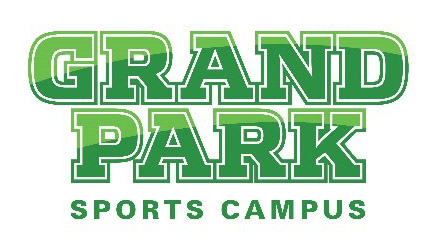Study Results
Results indicated that venues and events should invest heavily and visibly in sanitization of the facility, playing areas, and equipment before, during, and after events. Venue operators and event managers can feel confident the recommendations provided by the Centers for Disease Control and Prevention (CDC) and National Federation of State High School Associations (NFHS) to sanitize playing areas and equipment after each use will be well-received and welcomed by users.
Promotion and monitoring of social-distancing guidelines, limiting personal contact between players, limiting admission to those under age 65 with no CDC-indicated pre-existing conditions, and completing a health and contact-information questionnaire prior to entering are seen by users as must-be adaptations in order for players and spectators to feel comfortable returning to youth sports during the COVID-19 pandemic. This means their presence does not bring satisfaction, but their lack of presence brings significant dissatisfaction.
Respondents felt indifferent toward changing arrival and departure routines, closing amenities, and minimizing the capacity and rearranging bench areas for athletes. The presence or absence of these adaptations do not make a real difference in users’ experiences. User sentiment regarding facemasks was mixed, with strong feelings about the use and non-use of facemasks.
Finally, limiting entry to athletes and game personnel but excluding spectators was not well-received by survey respondents, especially parents. Youth sports venues and events should tread lightly when considering not allowing spectators into venues and expect negative backlash from parents should such policy be adopted.


